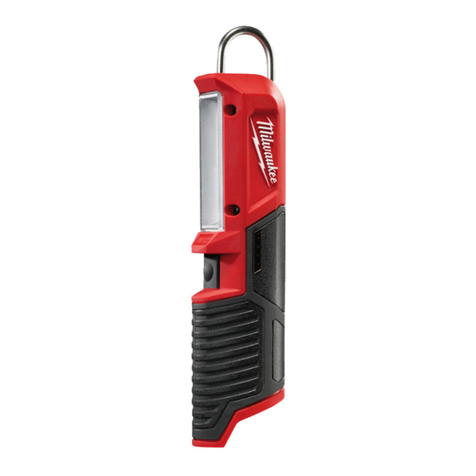Milwaukee HEAVY DUTY L4 NL400 User manual
Other Milwaukee Lighting Equipment manuals

Milwaukee
Milwaukee M18 HOSALC User manual

Milwaukee
Milwaukee ROCKET 2130-059 User manual

Milwaukee
Milwaukee MX FUEL MXF TL User manual
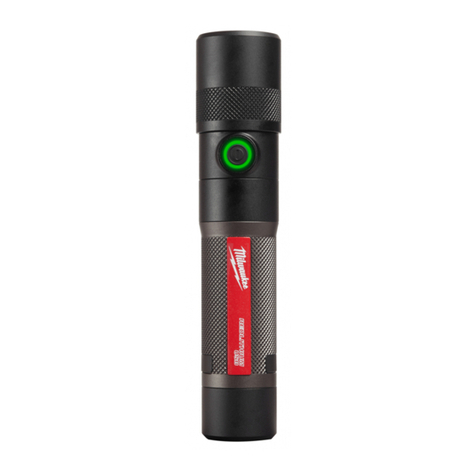
Milwaukee
Milwaukee L4 TMLED User manual
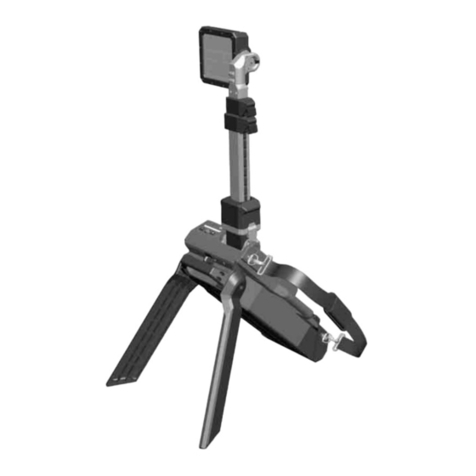
Milwaukee
Milwaukee M18 User manual

Milwaukee
Milwaukee M18 HOAL-0 User manual
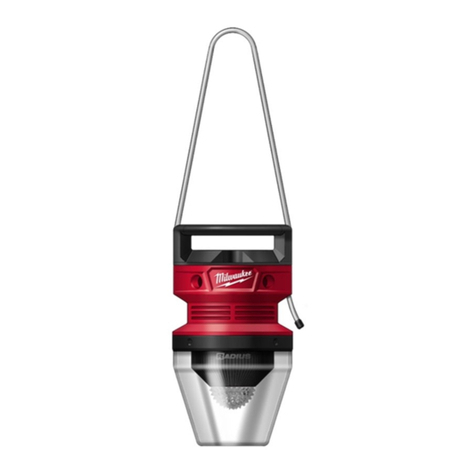
Milwaukee
Milwaukee HOBL 7000 User manual

Milwaukee
Milwaukee HEAVY DUTY M18 HOAL User manual
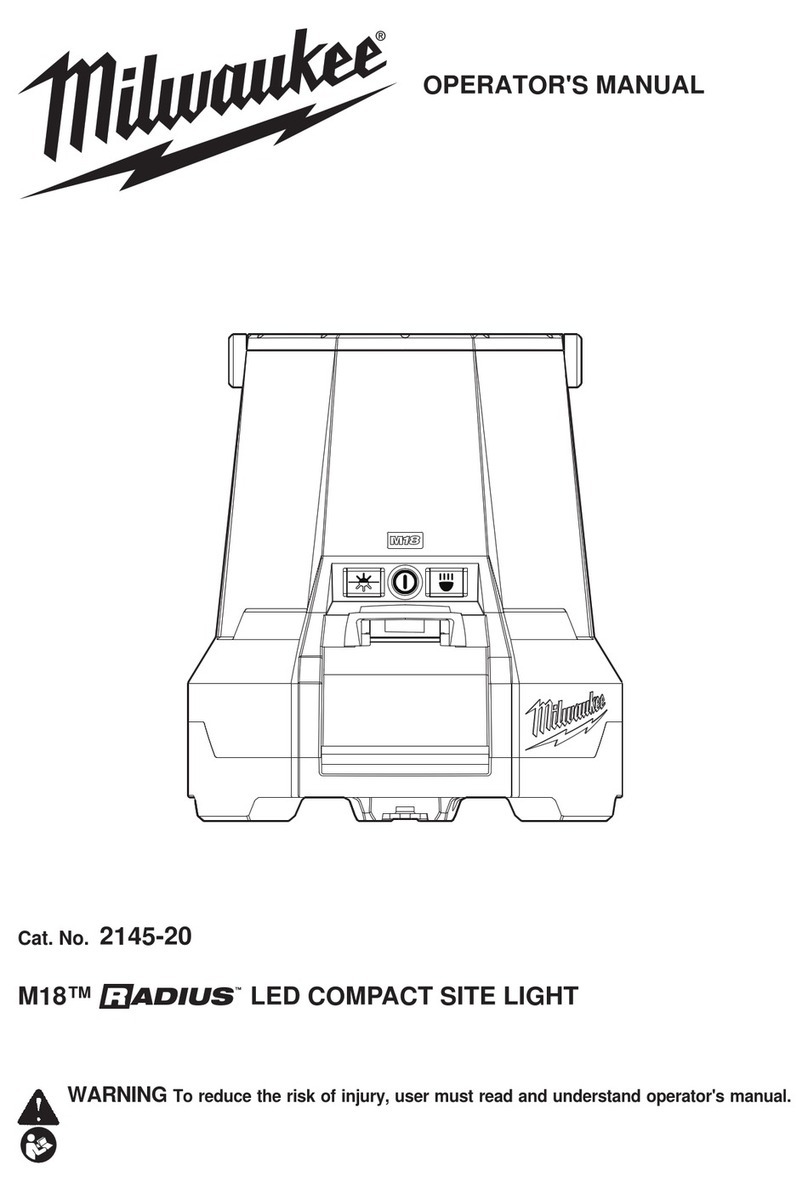
Milwaukee
Milwaukee M18 RADIUS 2145-20 User manual
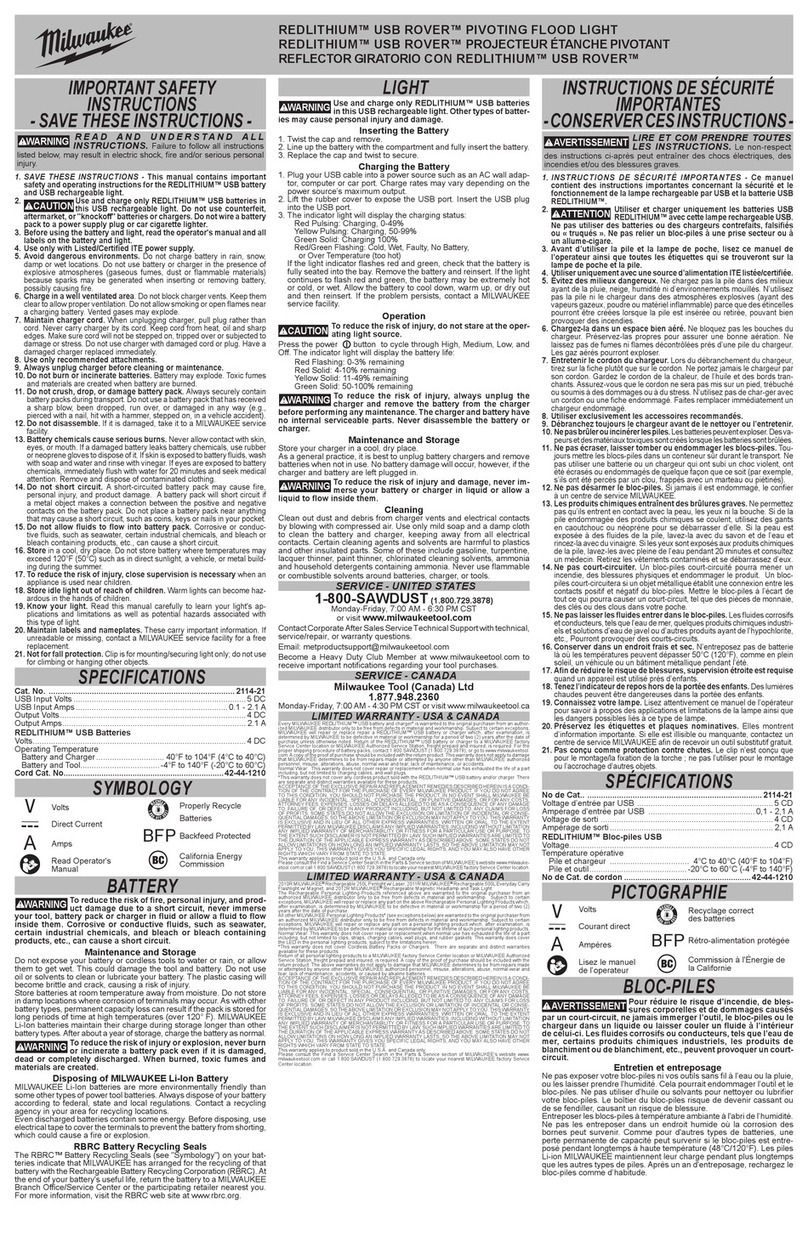
Milwaukee
Milwaukee REDLITHIUM USB ROVER 2114-21 User manual

Milwaukee
Milwaukee L4 HL2 User manual

Milwaukee
Milwaukee M18 2354-20 User manual
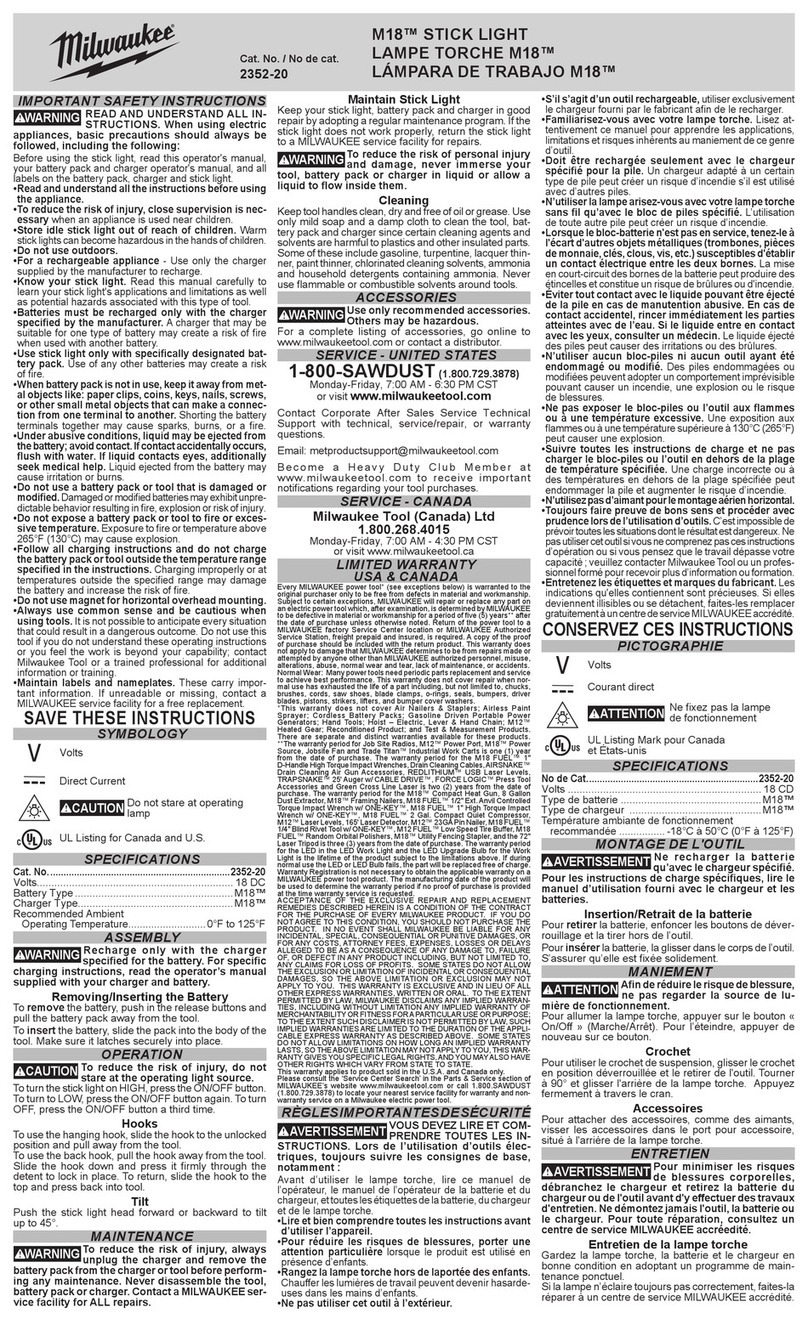
Milwaukee
Milwaukee M18 2352-20 User manual

Milwaukee
Milwaukee M12 2125-20 User manual
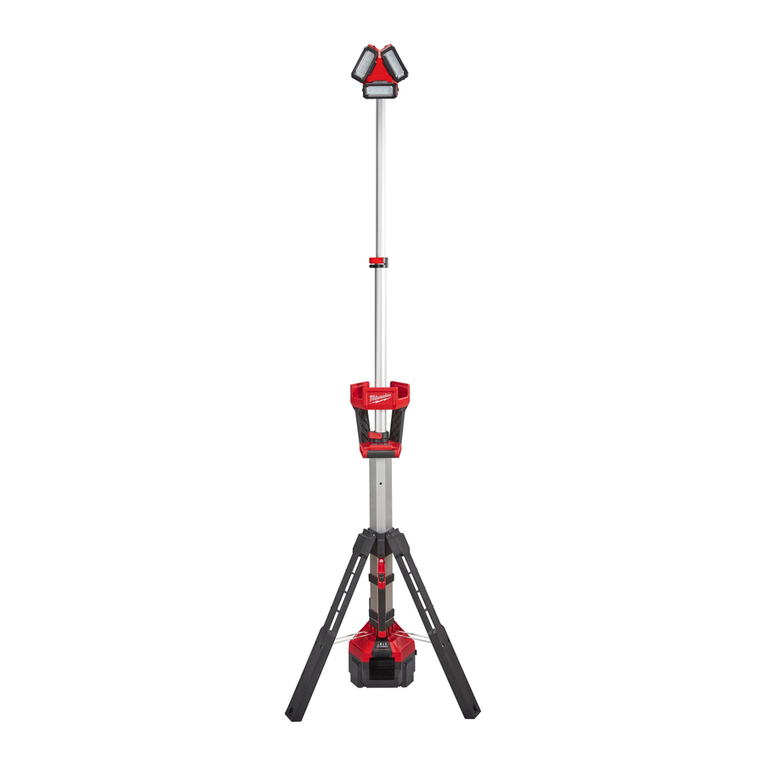
Milwaukee
Milwaukee M18 HSAL User manual
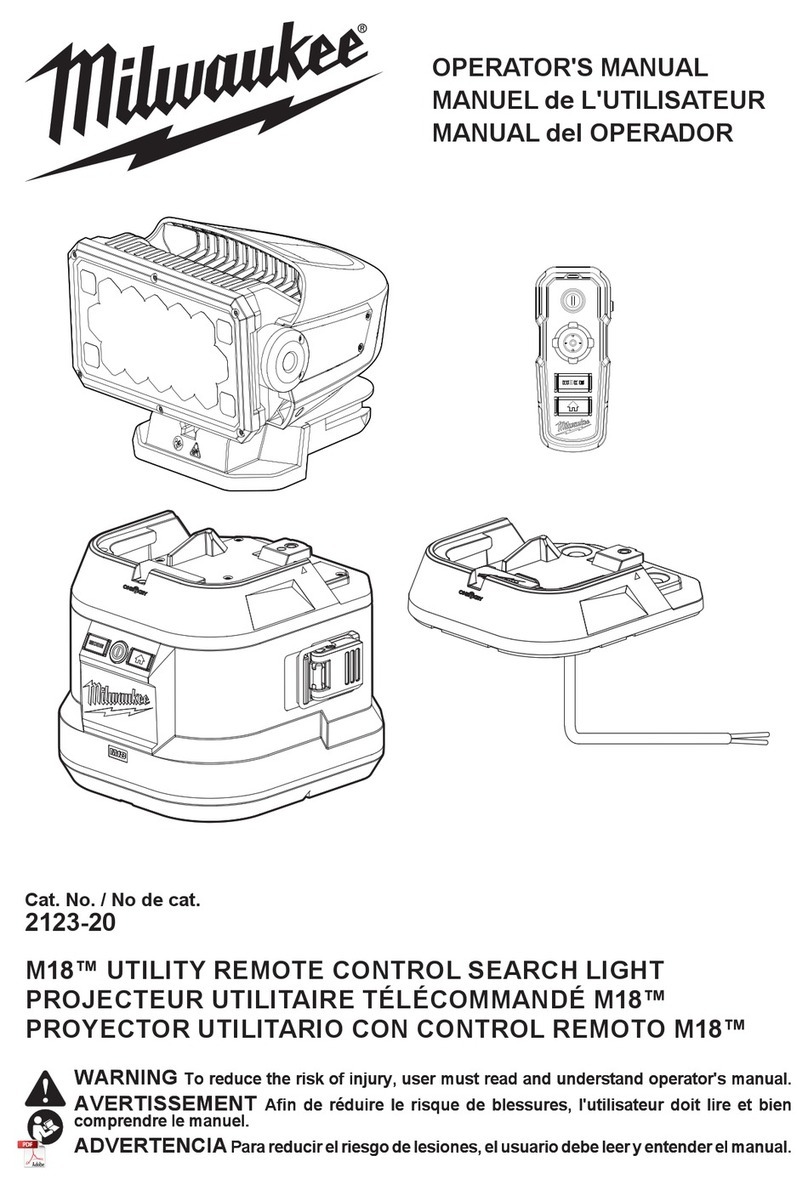
Milwaukee
Milwaukee M18 2123-20 User manual
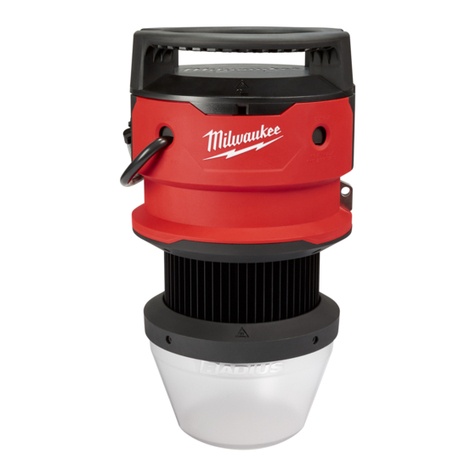
Milwaukee
Milwaukee Radius 2156-AC User manual
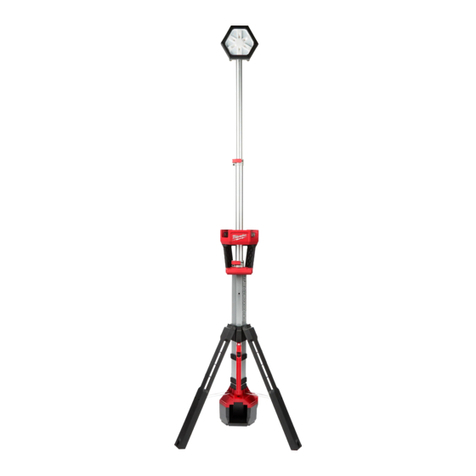
Milwaukee
Milwaukee ROCKET M18 2131-20 User manual
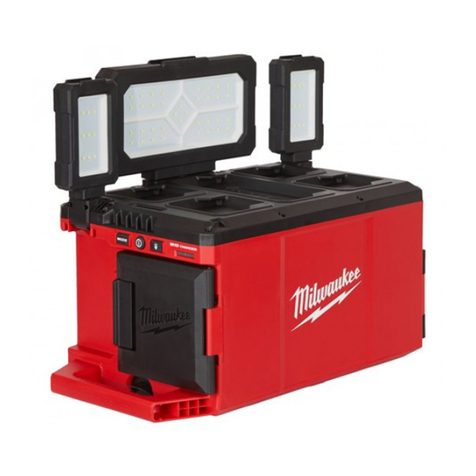
Milwaukee
Milwaukee M18 User manual

Milwaukee
Milwaukee M12 UCL User manual
